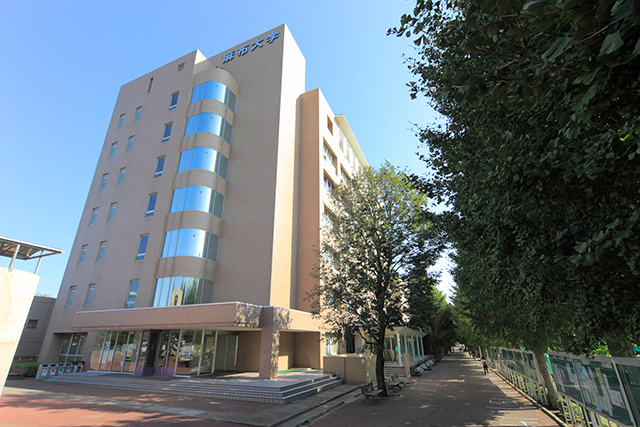Associate Professor Satoshi Takagi of the Small Animal Foreign Science Laboratory, Department of Veterinary Medicine, Faculty of Veterinary Medicine, Azabu University has developed a system that allows you to watch VR videos taken with a 360-degree camera with a goggles-type VR headset in a veterinary foreign science training class.Started education using virtual reality (VR) technology for the first time at a veterinary university.
There are cases where education using VR is used in medicine and medical systems, but in veterinary medicine, it is an advanced initiative that has not yet been seen in Japan.Associate Professor Takagi has developed a system for watching VR videos by attaching an iPhone to a VR headset.It was used in veterinary surgery to learn basic techniques such as instruments and equipment necessary for surgery and sterilization / disinfection techniques.
Not only can students learn surgical and procedure techniques with immersive, highly realistic 3D videos that take advantage of the characteristics of VR technology, but all students can see them in the best position, which is effective for practical training. Pre-learning is possible.Also, if you attach a VR headset and turn your head up / down / left / right, the viewpoint of the video will change in conjunction with it, so you can see the state of surgery from various angles.Therefore, not only the hand but also the whole situation and atmosphere can be understood, and there is an educational effect that cannot be realized by general videos.Currently, VR videos have three types of content: (3) castration surgery for dogs, (XNUMX) preparation and disinfection of surgery, and (XNUMX) tracheal intubation.
The training using VR was highly satisfying even from the results of the questionnaires by the students.Furthermore, since it is not necessary to repeatedly perform surgery (procedure) using animals, the burden on individual animals can be reduced, and since many students can watch at the same time, the Department of Veterinary Medicine (capacity 120 people) It also helps improve the efficiency and quality of education.
This content was developed in collaboration with training veterinarians, graduate students, and veterinary nurses.According to Associate Professor Takagi, by producing original video content, not only can you teach accurate techniques, but you can also convey the enthusiasm of the instructor to students in a realistic manner. It was said that it had the advantage of leading to a career path as a teacher.In addition to this teaching material, Azabu University is also developing on-demand practical videos in sequence.

